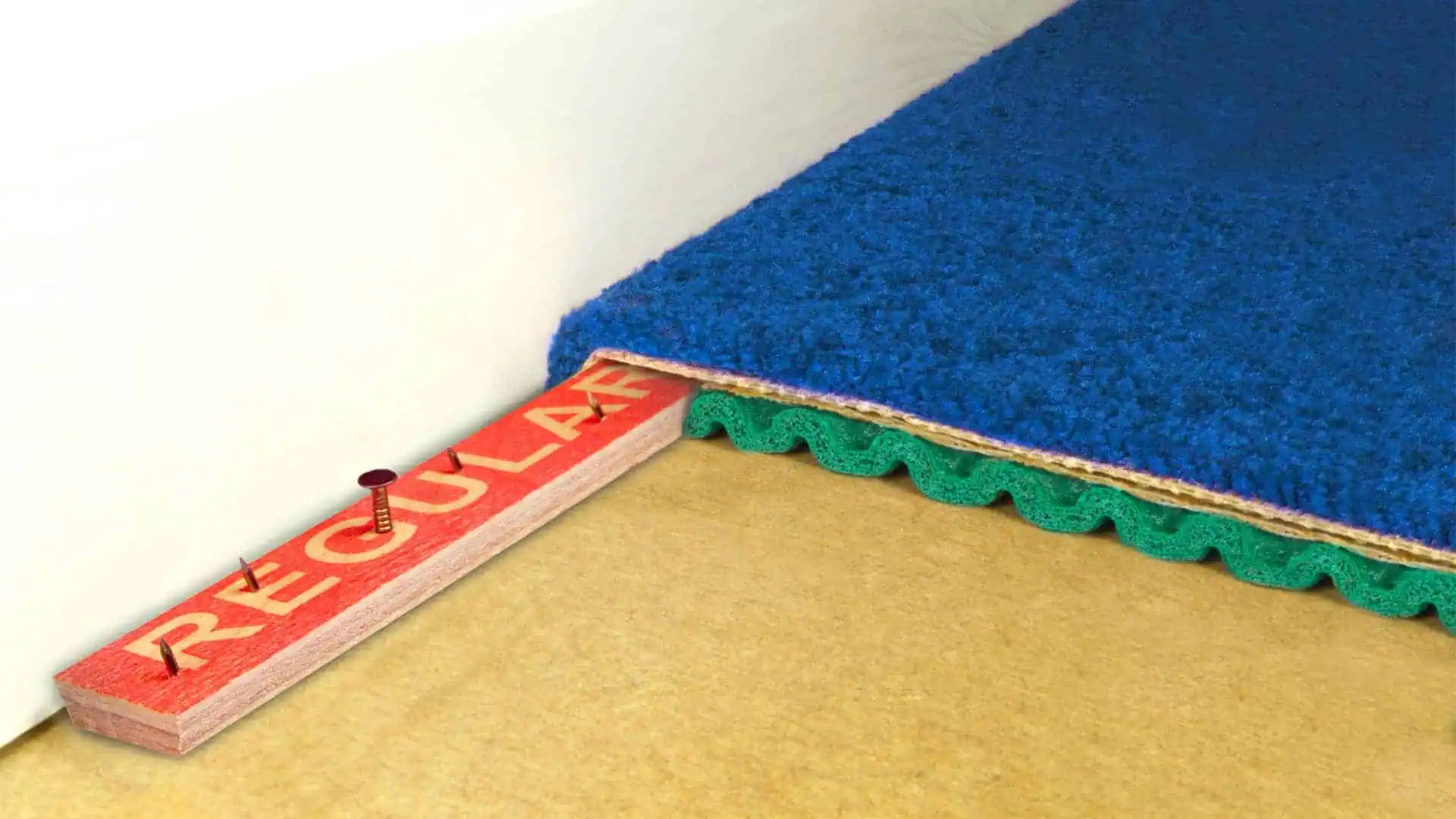Replacing or installing new carpeting in your home can be expensive. Which is why it might be tempting to skip the underlay when budgets are tight.
So, do you really need underlay for carpet, or can you go without to save some cash?
This article is set to provide the definitive answer, including scenarios when underlay is not strictly required. But first, it’s important to understand what carpet underlay is and the role it plays when it comes to your flooring.
In This Guide
What is carpet underlay?
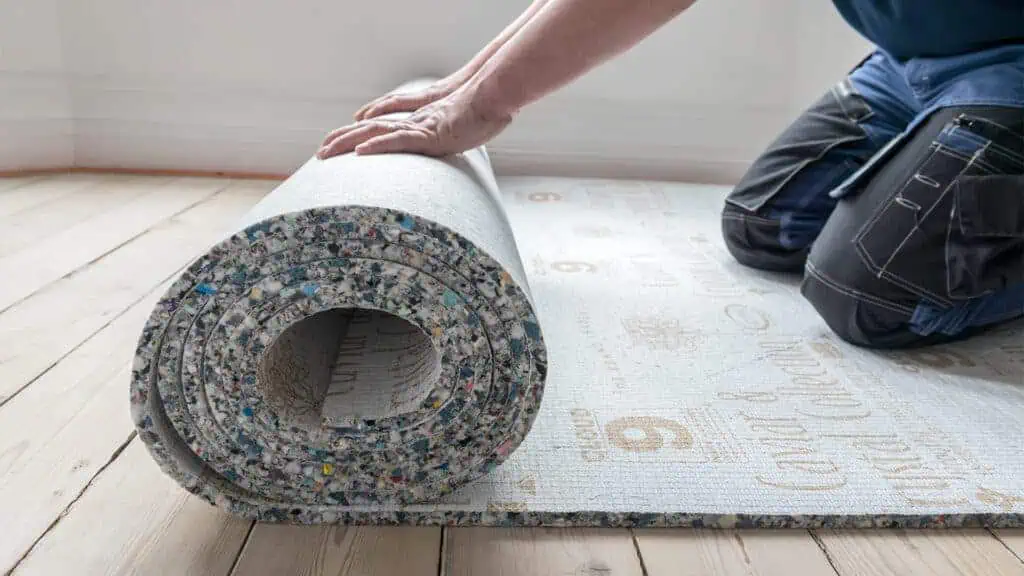
In simple terms, underlay is a product that’s placed beneath a new carpet before it’s laid. Sitting between the subfloor and carpet, it acts as a protective, insulating barrier and shock absorber.
Carpet underlay comes in a range of thicknesses, ranging from 6mm all the way up to 12mm, and is made from a number of different materials, the most common being PU foam, crumb rubber and sponge rubber.
Do you really need carpet underlay?
The answer ultimately depends on the type of carpet you intend to install. Carpets with felt, rubber felt or foam backings don’t strictly require underlay because they have their own built-in protective layer, which doubles as a (very) thin layer of underlay.
However, carpets with textile (traditionally jute or polypropylene) or latex backings should really have underlay installed prior to laying it, to protect the backing from deteriorating. That being said, no one can force you to install underlay – it is entirely possible to lay a carpet directly onto the subfloor, although we’d question any fitter that would do this.
It’s important to remember that the primary benefit of underlay is that it helps to extend the life of your carpet. It does this by acting as a buffer, absorbing the impact of foot traffic and reducing wear and tear on the carpet fibres. A quality underlay will also stop any moisture from the subfloor seeping through, preventing water damage.
So, while underlay might feel like an extra, unnecessary expense when you’re already shelling out on a new carpet, it’s an investment that will pay dividends by saving you money on replacements in the long run.
To put it in perspective, carpets with underlay installed underneath are shown to last up to 50% longer than those without. Skipping the underlay is a false economy.
What are the benefits of carpet underlay?
Besides being a great investment that helps your carpeting last longer, carpet underlay has some other benefits up its sleeve, including:
It smooths out the subfloor
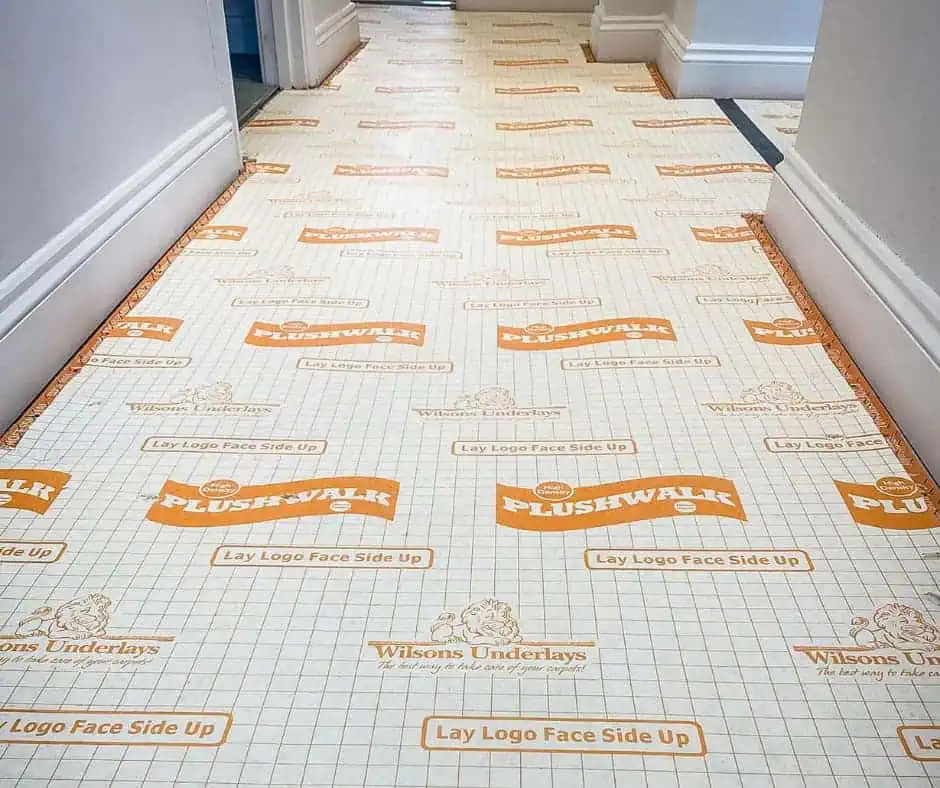
The major advantage of installing underlay is that it creates a smooth, flat base for installation. If you have areas in your subfloor that are bumpy, uneven or rough, laying carpet directly on it will lead to uneven wear and significantly shorten its lifespan.
By installing underlay first you negate a lot of these imperfections, keeping your carpet looking its best for longer.
Increased comfort
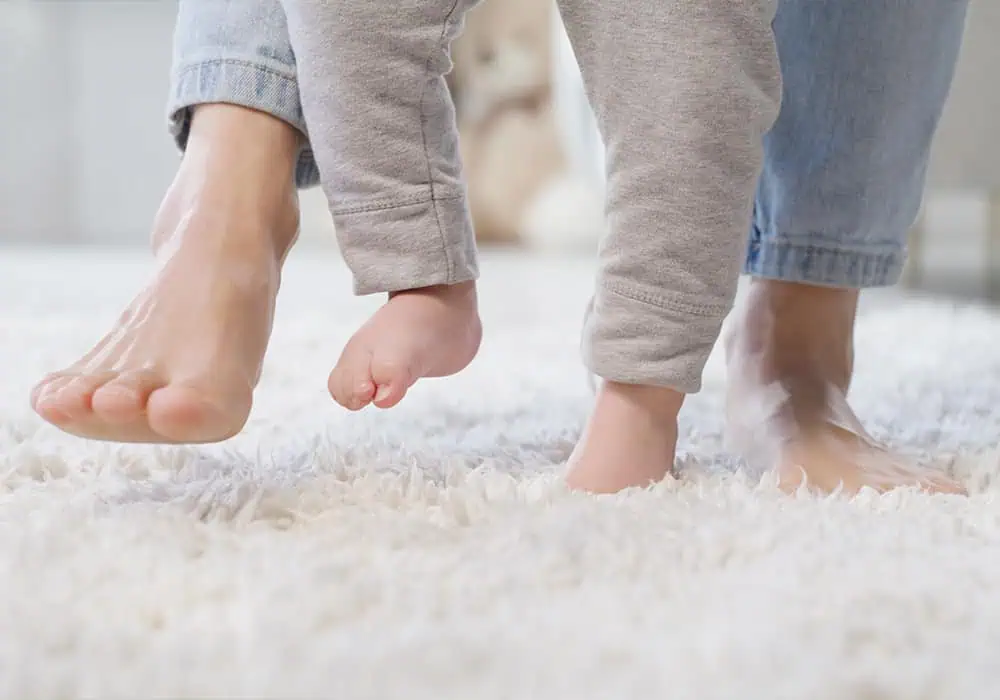
Another great thing about carpet underlay is that it offers a firm yet spongy feel underfoot. So you can say goodbye to hard, uncomfortable floors.
This cushioning gives your room a sense of luxury and a homely feel. It’s the reason why we always recommend thick carpet underlay for spaces designed for relaxing, such as bedrooms and living rooms.
Keeps down dirt, dust and moisture
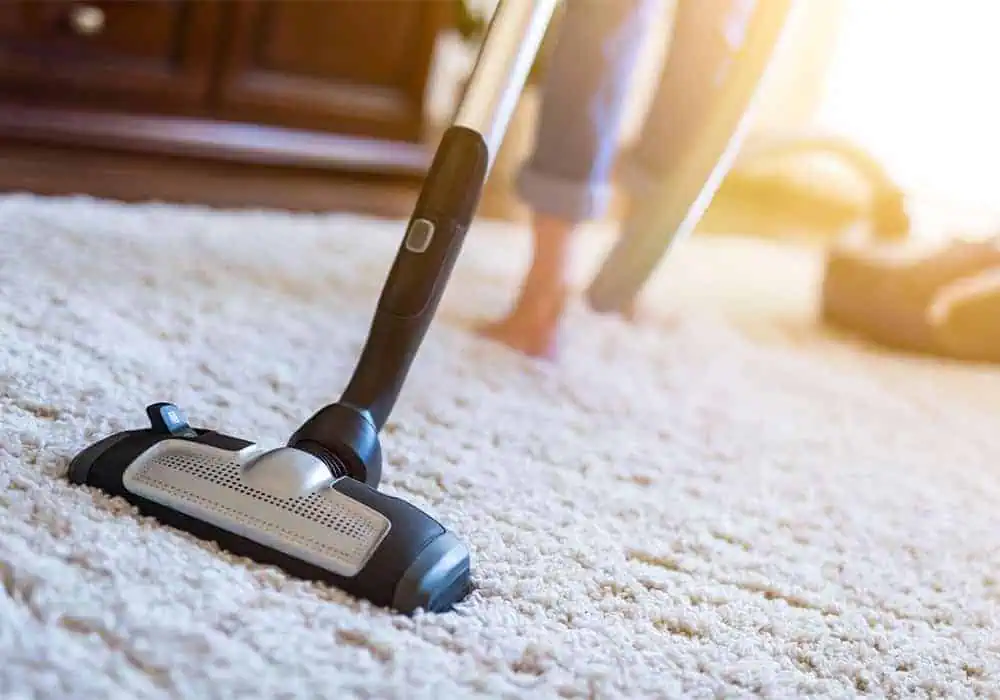
Underlay forms a protective barrier, keeping dust down while preserving the carpet pile and stopping your powerful hoover from sucking up the dirt through the backing. This is a god-send for people who suffer from asthma or other respiratory diseases that require a clean, dust-free environment.
But that’s not all. Underlay also helps prevent moisture ingression from below, which stops damp smells and mould from forming in your home.
Provides insulation

Studies have shown that a high-quality thermal underlay can help cut your energy bills by up to 15%. It does this by adding a thick layer of insulation between the room and subfloor, preventing warm air escaping while stopping cold air from getting in.
The result is a home which takes less time to heat up, and retains that heat much better.
But aside from more money in your pocket each month, your energy consumption will be reduced, too, which is great news for every eco-conscious individual out there.
Reduces noise and sound travel

Carpet underlay reduces noise in two key ways: by acting as a shock absorber and sound barrier.
The former means noise created by footsteps is minimised, while the latter dulls sound transmission between floors – particularly useful for top-floor bedrooms or in apartment blocks where you have noisy neighbours below you.
The end result is a quieter, more peaceful living environment.
The final word
Hopefully by now you can see that installing underlay underneath your carpet is non-negotiable, even for those floor coverings that have an in-built protective backing. The benefits far outweigh the monetary outlay, particularly when you consider that your carpet will last up to 50% longer.
If you need any help choosing the right type of carpet underlay for your project, get in touch with our experts at contact@simplyunderlay.co.uk. We’d be more than happy to help.

